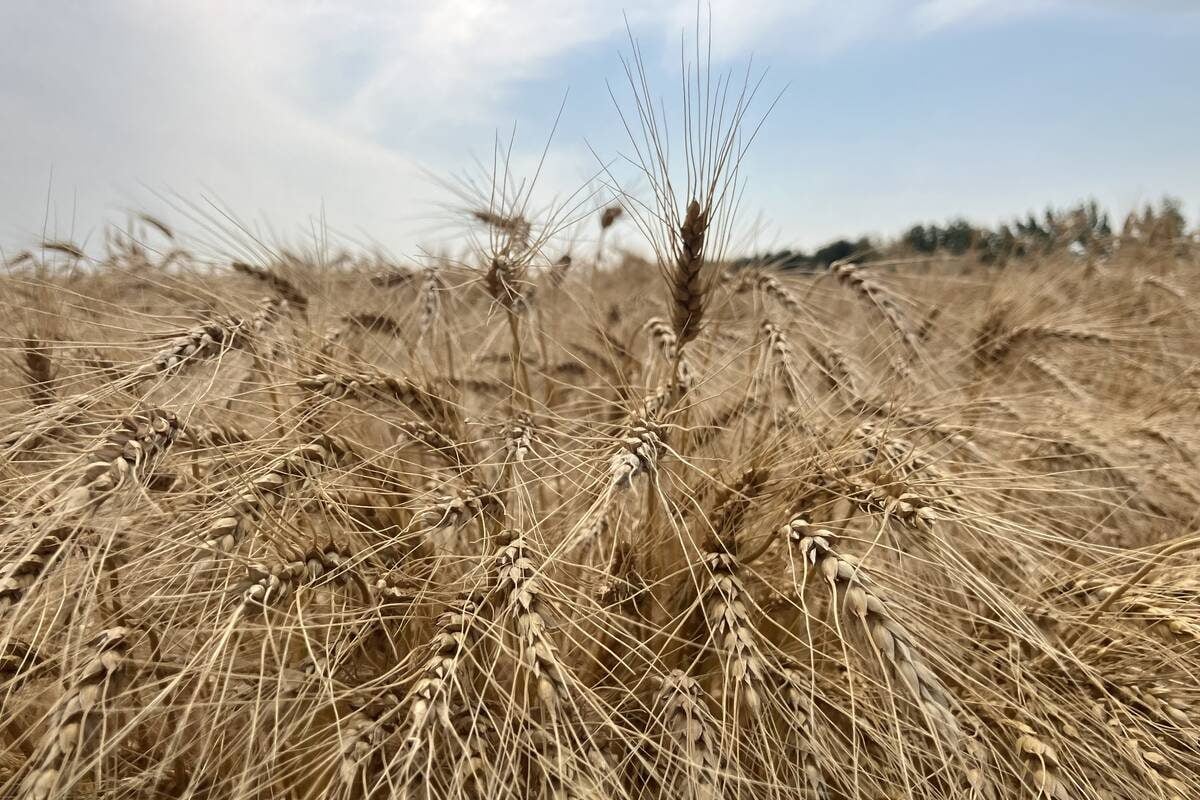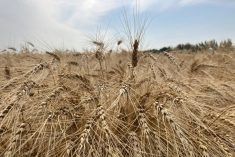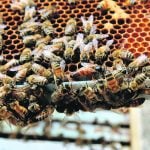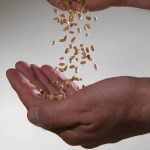KIEV/MOSCOW (Reuters) — Major Black Sea wheat producers Russia and Ukraine may fail to harvest a record wheat crop next year due to the poor condition of their winter plantings, traders and forecasters said.
“As of now the development (of winter grains) and the level of moisture in the soil are worse than the long-time average,” a Russian trader said.
Winter grains have been sown on 41.5 million acres, up 2.1 percent on the planned area, agriculture ministry data shows. Winter wheat usually accounts for 85 percent of the area.
Read Also

Ukraine 2025 wheat crop seen at 21.8 million tons, corn at 28 million-29 million says farm union
Ukraine’s 2025 wheat harvest is forecast at a maximum of 21.8 million metric tons, down from 22.7 million tons in 2024, the UAC farmers’ union said on Wednesday, slightly raising its outlook for this year’s corn crop.
Among Russia’s key exporting regions, the condition of winter grains has reached the long-time average only in the Krasnodar and Stavropol regions, he added.
In Russia’s south, crops have benefited from recent warm weather and rain, the SovEcon agriculture consultancy said.
However, cold weather coupled with a lack of snowfall is forecast for the Central and Volga regions, adding more risks.
Russia had the second largest grain crop in its post-Soviet history of 104 million tonnes in 2014, the second consecutive large crop. SovEcon believes the country’s 2015 grain crop could fall to less than 90 million tonnes, including less than 50 million tonnes of wheat.
Around half of Ukrainian winter wheat crops have been significantly delayed in their development and could be damaged by frost, a senior weather forecaster said.
“Unfortunately, about a half of crops have sprouted recently and this stage of development does not guarantee successful wintering,” said Tetyana Adamenko, head of the agriculture department at Ukraine’s state weather centre.
According to agriculture ministry, farmers sowed 19 million acres of winter grain for the 2015 harvest but about 2.1 million acres have not sprouted so far. The ministry said that 18 percent of sprouted crops were in a poor state.
“The situation is not good. The average level of weak crops for Ukraine is around 10 percent, while this year we have 18 percent,” a large foreign trader said.
“Grain sprouted too late and severe frosts could damage a large area of these weak crops,” he added.
Forecasters expect the first cold snap with temperatures of minus 20 degrees Celsius could cover Ukraine in mid-December.
















